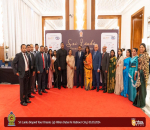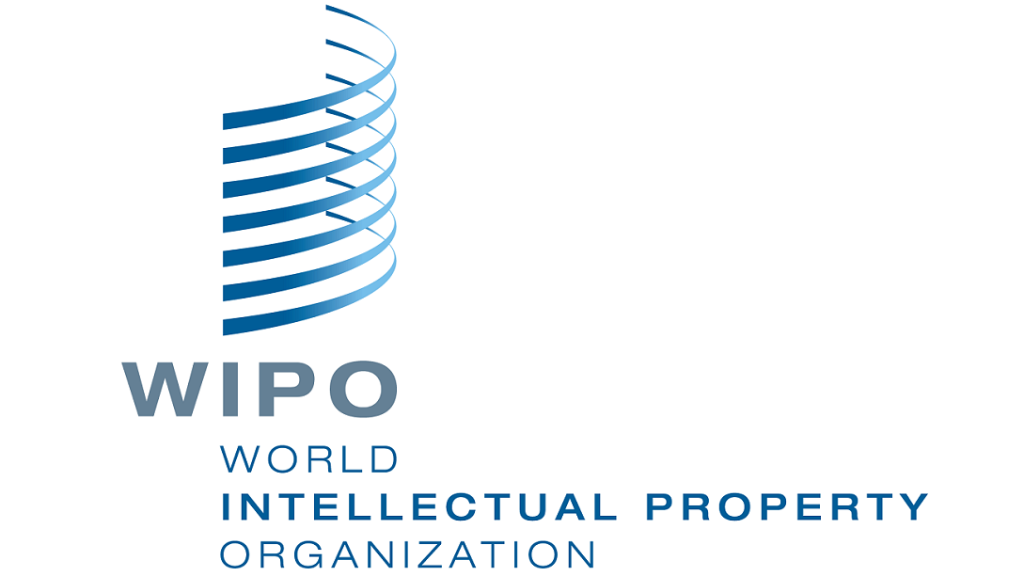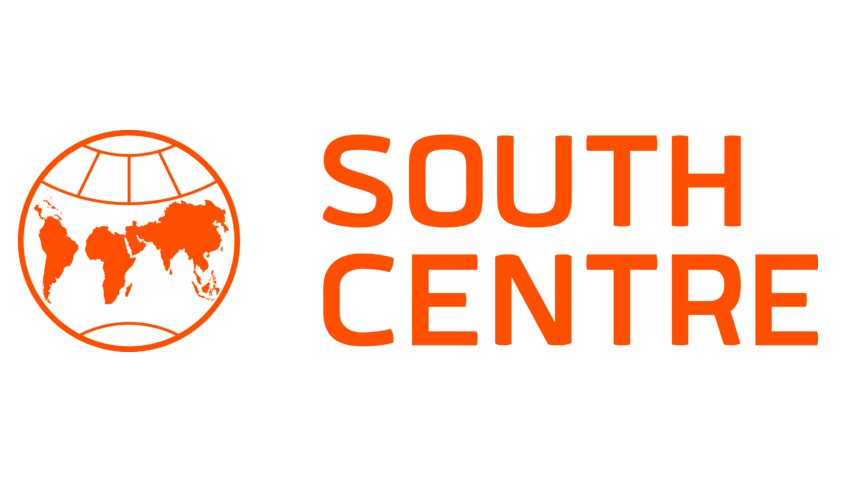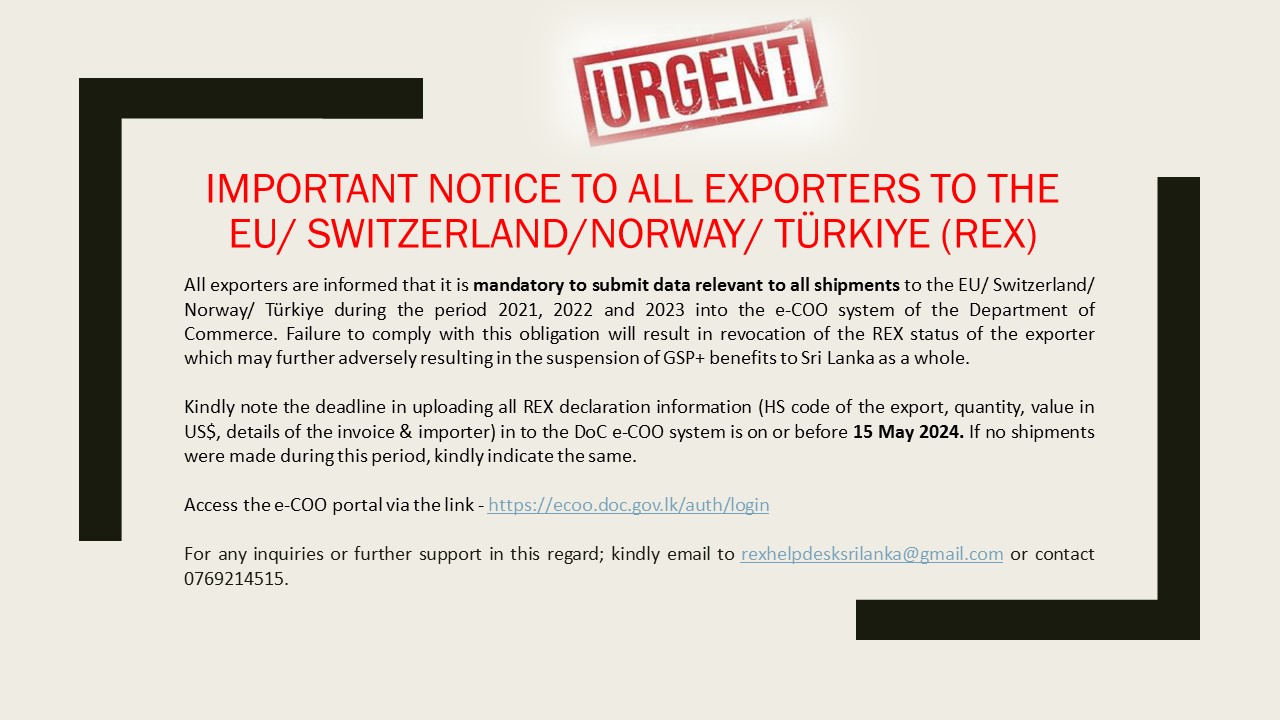Issuance of Certificate of Origin
SAFTA,SAPTA Certificates of Origin (SAFTA,SAPTA CoOs) are issued with digital signatures from 11th September 2023.
You can watch the video on “Digital Signature: Tutorial for Electronic Certificate of Origin” by clicking the link below,
click here
You can watch the video on “Digital Signature: Tutorial for Electronic Certificate of Origin” by clicking the link below,
click here








 United Nations Conference on Trade and Development
United Nations Conference on Trade and Development SAARC Secretariat
SAARC Secretariat International
International


